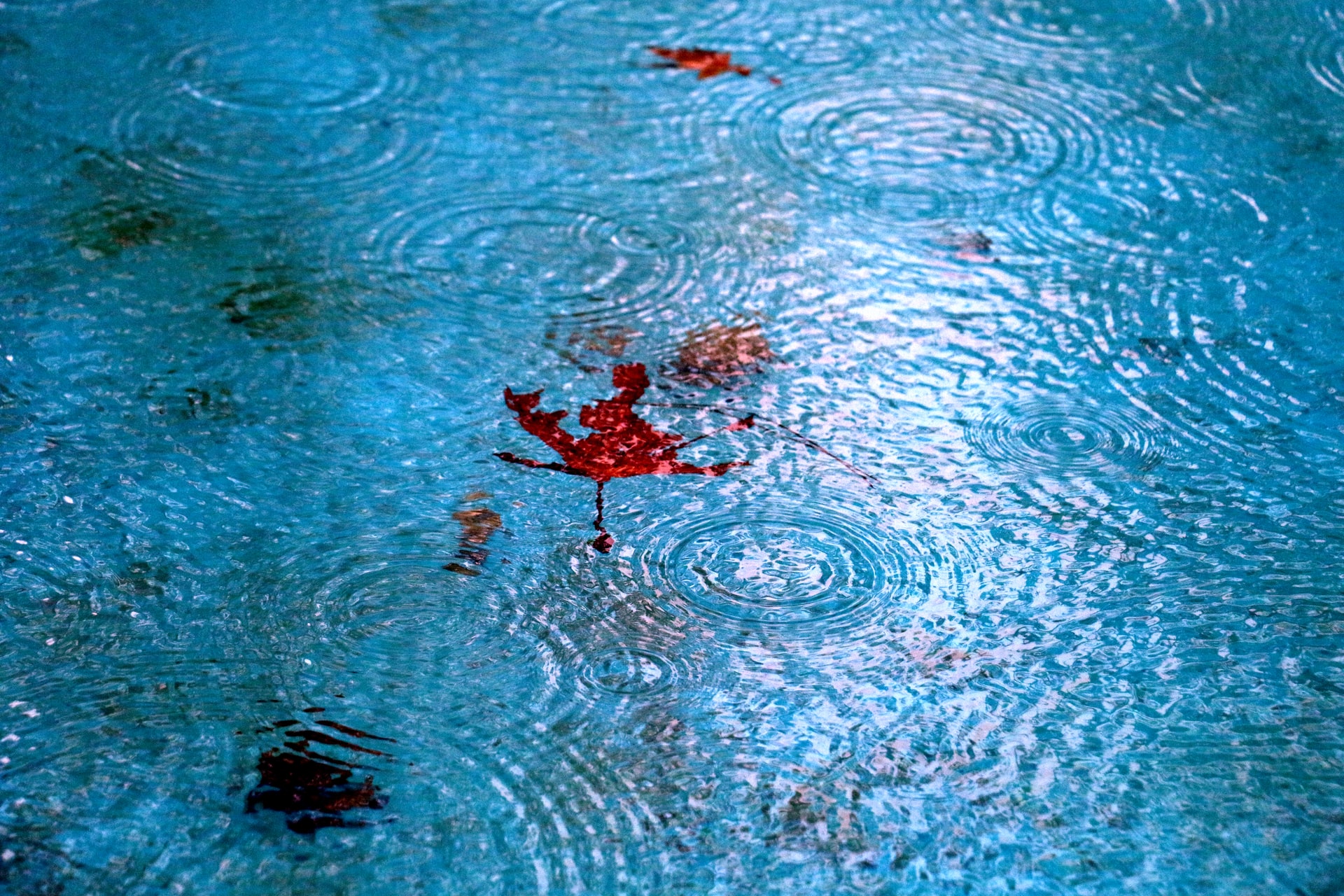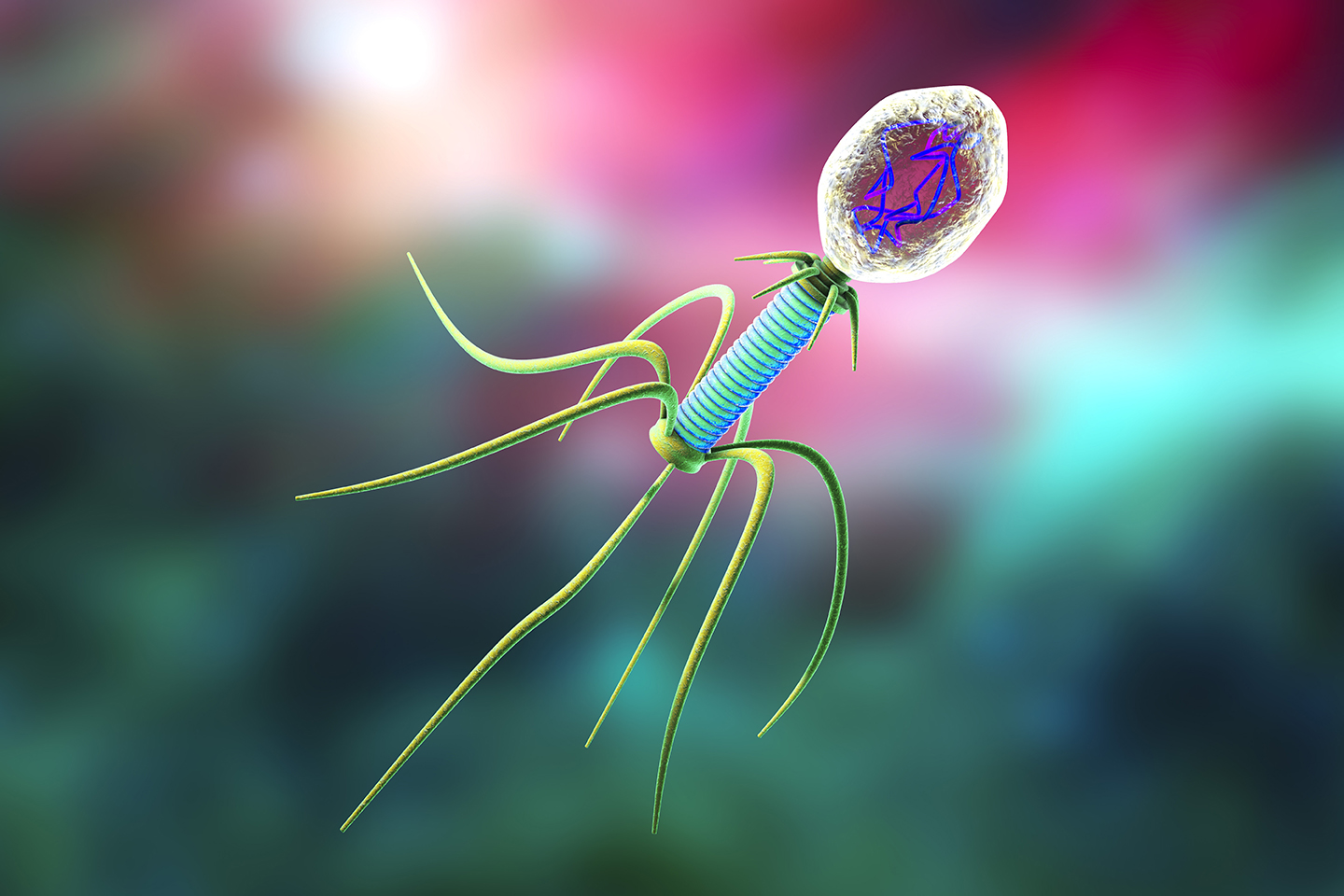BLOG | Bluephage
Global warming and human activity drastically altering surface water quality

Coliphages have been used for decades to assess surface water quality and gastrointestinal disease risk
Global warming impacts the hydrological cycle, increasing water evaporation and decreasing precipitation, groundwater flow and quantity, and soil moisture. Surface water is a crucial component of the hydrologic cycle and is the most recognizable part of it.
These changes alter surface water levels and quality based on chemical inputs from surrounding elements, such as the air and the surrounding landscape. When these elements are polluted due to human activity, water chemistry is altered.
Surface water is any body of water found on the Earth’s surface, including salt water from the ocean and freshwater from rivers, streams, lakes, snow, and glaciers.
Precipitation and runoff feed surface water bodies, and decrease as a result of evaporation, and water moving into the ground becoming groundwater.
Surface water and groundwater are reservoirs that can feed each other. While surface water can seep underground to become groundwater, groundwater can resurface in the ground to replenish surface water.
Surface water is more accessible than groundwater, and therefore it is used more than groundwater. It is considered an essential source of drinking water and is used for farmland irrigation, wastewater treatment, livestock, industrial uses, hydropower, and recreational activities.
Coliphages have been used for decades to assess surface water quality and the risk of gastrointestinal illness upon contact with water contaminated with untreated sewage containing coliphages and enteric pathogens. According to the new European Drinking Water Directive 2184/2020, the operational monitoring program shall also include the monitoring of Somatic coliphages in raw water to control the efficacy of the treatment processes against microbiological risks:
If it is found in raw water at concentrations > 50 PFU/100 ml, it should be analyzed after steps of the treatment train to determine log removal by the barriers in place and to assess whether the risk of a breakthrough of pathogenic viruses is sufficiently under control.
Typically, concentrations of somatic coliphages in the surface water are higher than this threshold, and therefore, it will be suggested to carry out a risk management plan.


With Bluephage Easy Kits, water industry professionals will be able to test for coliphages in their laboratories quickly, easily, and efficiently, according to ISO and USEPA methods.

